Data communication is the transmission of data between devices by using the transmission medium. It could be via wired media, like coaxial or twisted pair wire cable, or wireless mediums such as radio www.bigdataroom.net waves or optical fibers. The data needs to be encoded, encapsulated and transmitted by the device sending it followed by decoding and decapsulation at the receiver device. This process is similar to the transmission of analog signals, however, it is more complicated and focuses on the exchange of binary data (1s and 1s and).
Companies are making use of data communications to better share information with dispersed users. This improves efficiency within their business. To make sure that inventory is aligned with demand and cut down on the amount of waste produced, an automotive manufacturer was required to relay data to 6’000 non-trained spare parts dealers scattered. This required communication through an unoptimized network for data transmission and the use of a mobile-based application that was difficult for novice users to navigate.
Effective data communications begin by understanding the perspective of your audience on the data. It involves creating visualizations to enhance the story, providing contextual information, and articulating facts with a clear narrative. It also involves tailoring content to each individual audience based on their hierarchy, technical proficiency and level of interest. Lastly, it involves breaking the boundaries of creativity to make data-driven communications more memorable and memorable.
